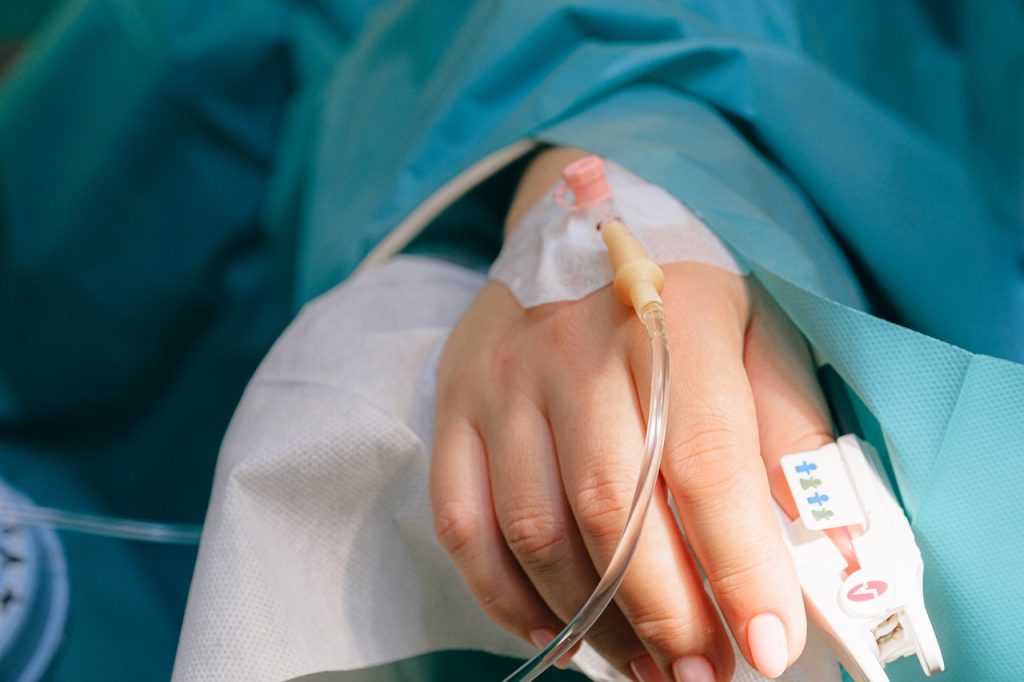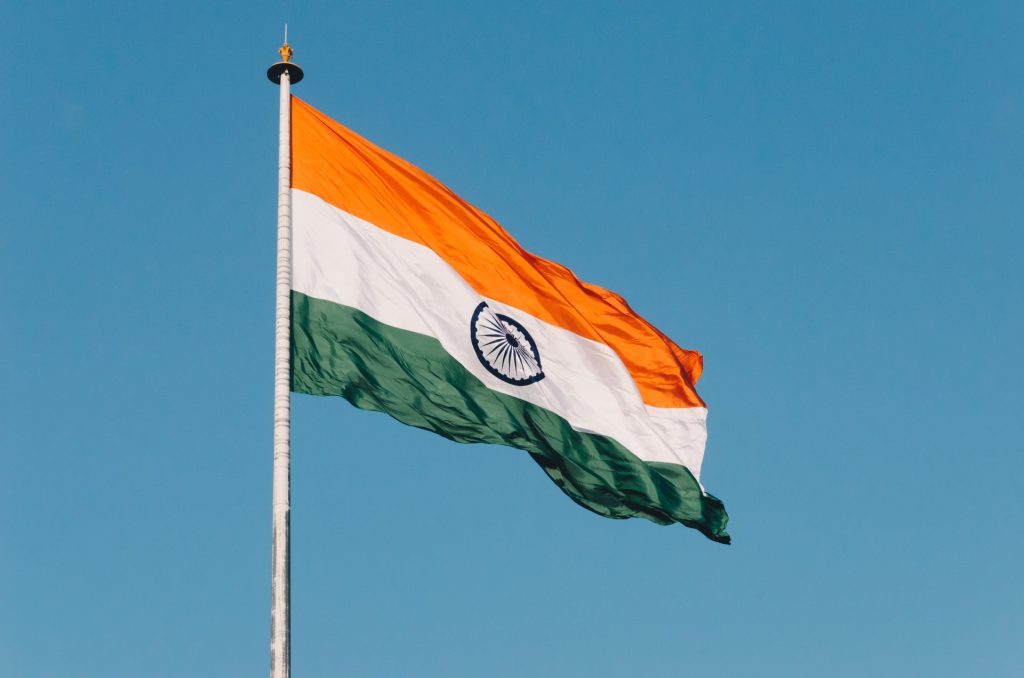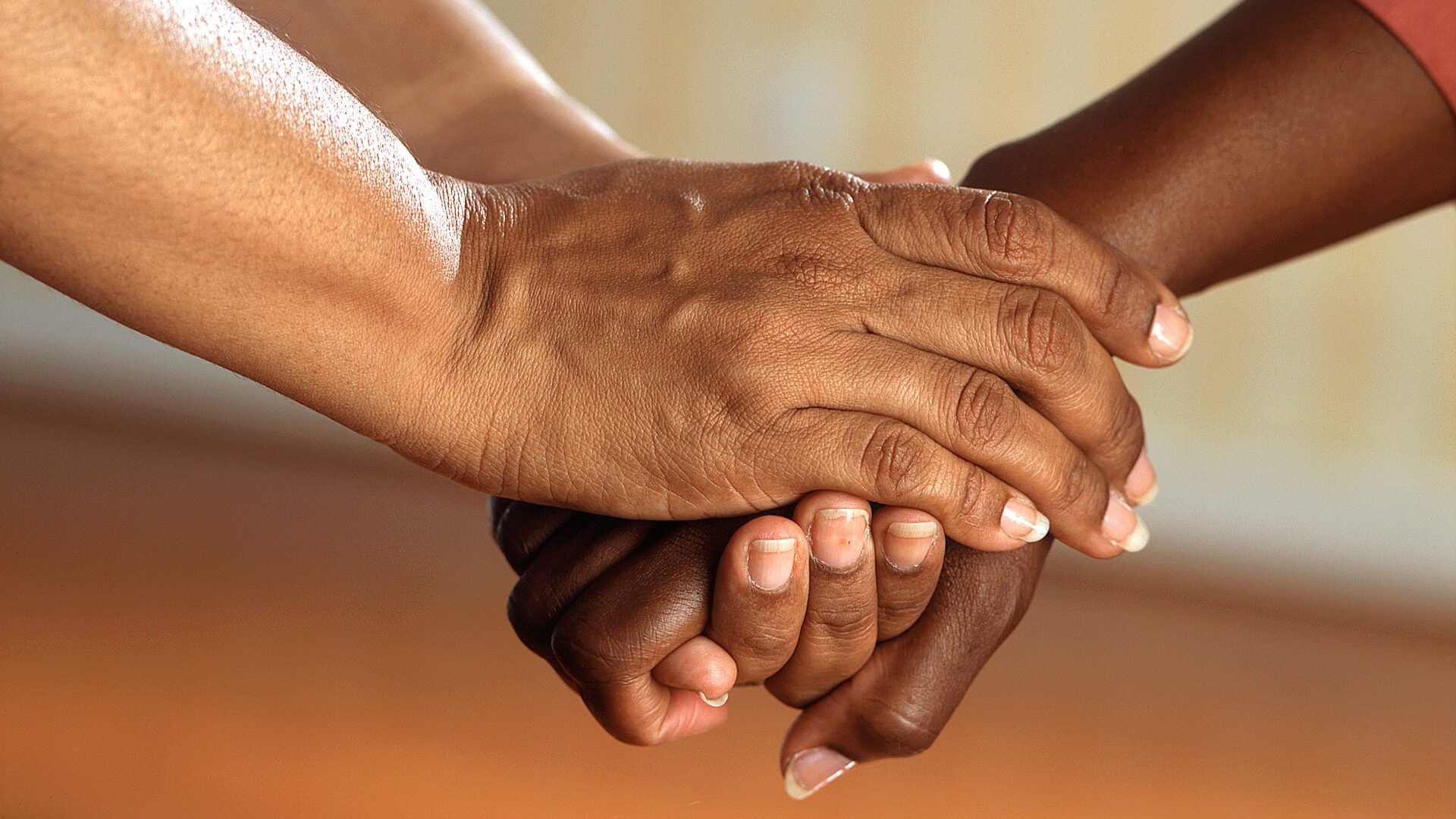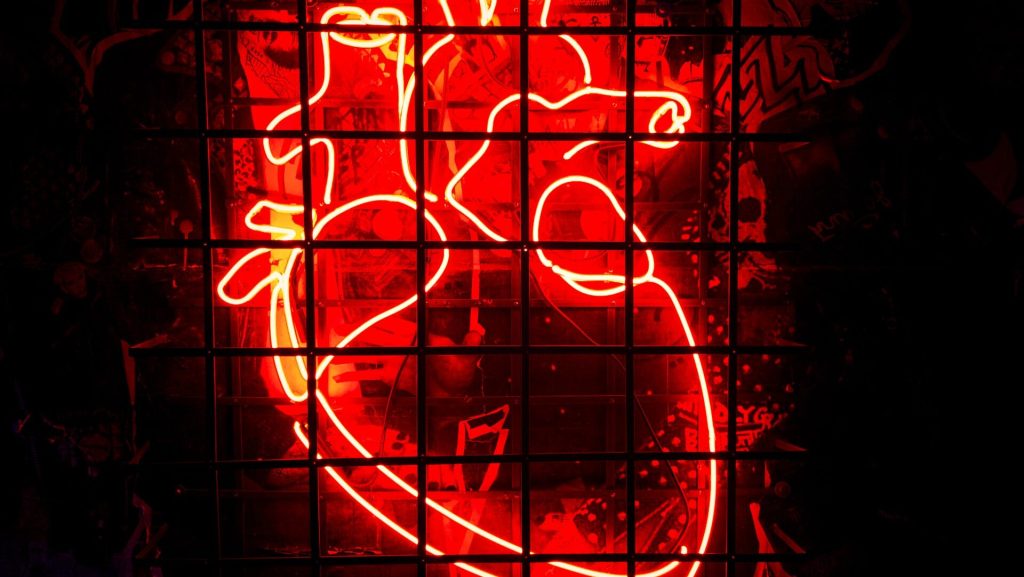Heat Waves Increase Aggression in Mental Health Wards

According to a new study from Germany, heatwaves may increase aggressive patient behaviour in mental health wards.
Studies have shown an association between increased temperature and the incidence of violent crimes, accounting for about 10% of the variance in one study in Finland. This effect has also been seen within the context of American Football games, with more penalties for aggressive behaviour given for visiting teams on hotter days.
Researchers from ZfP Südwürttemberg and Ulm University in Germany drew on local weather data and incident reporting data to examine the impact of hot weather on mental health inpatient wards.
They discovered that there were an average of 15% more aggressive incidents on days over 30°C (9.7 per day) compared to days under 30°C (8.4 per day).
A clear relationship was also seen between the temperature of hot days (those over 30°C) and the number of aggressive incidents. As the temperature increased, the higher the rate of incidents, which reached a peak of 11.1 on the very hottest days (over 33.5°C).
The findings suggest that temperature is the cause of the increase in incidents, rather than another factor. No equivalent correlation was found between temperature on hot days and the use of restrictive practices by hospital staff.
Staff recorded aggressive incidents according to a standardised protocol, documenting the nature of the aggression (eg physical, verbal), the target (eg staff, patients), the impact and any subsequent measures taken.
The data for the study came from six German mental health hospitals and covered 13 years (2007-2019), 1007 beds and 164 435 admissions. Over this period, there were a total of 207 days over 30°C. All six hospitals were built according to modern building standards, but all lacked air-conditioning.
Lead author Dr Hans Knoblauch said: “The climate emergency means that many areas of the world could experience significantly more hot weather in the future.
“While more research into the mental health consequences is needed, these findings could have practical implications for mental healthcare, particularly around hospital design and architecture.”
His colleague, Professor Tilman Steinert, from Ulm University, commented: “These findings highlight an underappreciated impact of the climate emergency on mental health services. Increased aggression is an indicator of increased distress and an environment that is failing to help patients recover.
“Urgent action is now needed, to replicate the findings of this study using more measurements within mental health hospitals, to invest in those hospitals, and to tackle the climate crisis. Mental health patients deserve better.”
Source: EurekaAlert!
Journal information: Frank Eisele et al, Aggressive incidents in psychiatric hospitals on heat days, BJPsych Open (2021). DOI: 10.1192/bjo.2021.33








